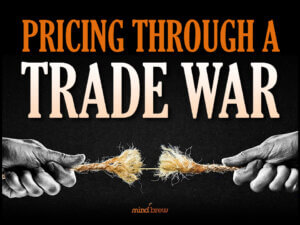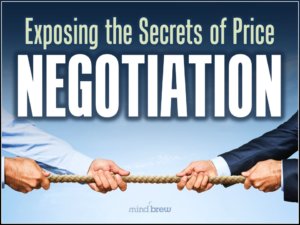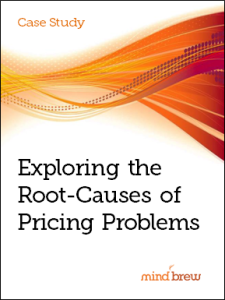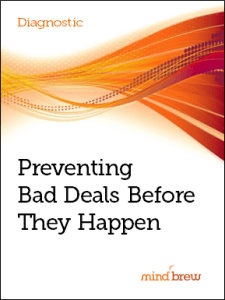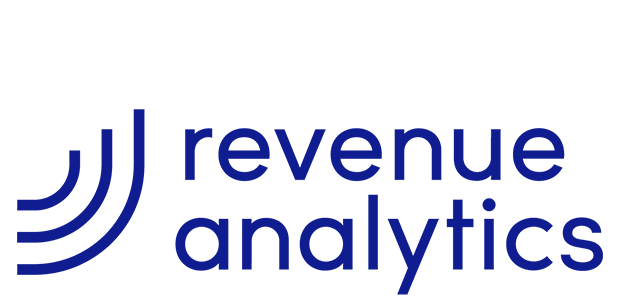In the recent Pricing Thru a Trade War training session, we explored the pricing challenges caused by unpredictable tariffs, sudden rule changes, and unclear policy signals from all directions. We talked about how trade wars are somewhat unique in that they aren’t market-driven, their impacts can vary dramatically across competitors in the same categories, and technically, they can end overnight. And importantly, we explained how and why the textbook proclamations about how tariffs work don’t actually hold up in the real world.
Throughout the session, our goal was to cut through a lot of the fog and fear to help pricing teams focus on what they can control, even when the bigger picture seems to be pretty irrational and largely unmanageable. To that end, we also covered how to assess exposure, model responses, build flexibility into agreements, and fully equip the field with solid rationale and guidance.
During the Q&A portion of the session, an attendee asked the one question at the center of every pricing team’s strategic planning dilemma right now:
“Any idea when this trade war is going to end?”
It’s the question on everyone’s mind, right? And of course, I’d like nothing more than to provide a definitive answer. But this question is also a bit of a trap…
The subtle implication behind the question is that this whole thing is just a phase and once the trade war is over, things will go back to the way they were. The elevated tariffs will all go away. The chaos and uncertainty will subside. And when this war is finally brought to a close, we’ll all be able to return to some kind of pre-conflict baseline with unicorns and cotton candy.
And that’s where pricing teams need to be very careful.
The truth is that even when the trade war ends, it won’t be like someone pushed the “undo” button. What actually happens is that the retaliations, the headlines, and the chaos of escalation and negotiation get replaced by formal trade agreements. And those agreements are not about rolling everything back. Rather, they’re about establishing new rules moving forward.
That’s the part that is often overlooked. When a new trade agreement is finalized, it doesn’t eliminate all the structural challenges. It just formalizes them. Tariffs don’t necessarily disappear. They just become standardized. Quotas and limits don’t vanish. They just get renamed as being “mutually agreed upon trading safeguards.” And instead of evaporating altogether, the cost impacts just get incorporated into the new status quo.
Sooner or later, the trade war will end. Not all at once, because trade agreements are made one partner at a time. But still, the fevered headlines and related noise will all die down. And the emergency meetings will taper off.
That doesn’t mean pricing will get any easier, however. In fact, it may get even trickier, albeit in a different way. Instead of just reacting to instability, we’ll be navigating a redefined landscape with a lot of different features and variables.
This is why it’s risky for pricing teams to just wait for everything to “settle down and get back to normal.”
Most likely, many of the conditions we’ve been thinking…or hoping…might be temporary will quietly become more permanent. That tariff surcharge or temporary list price adjustment that was put on as a quick and dirty Band-Aid a while back? Well…that might need to be incorporated into the new baseline.
In other words, what we once viewed as being a “temporary exception” is likely to become the “permanent rule” moving forward.
The point is that there’s no going back! As much as we might yearn for a nice, tidy ending and quick return to the “before times,” that’s just not going to happen. After all, trade wars are all about establishing new rules and setting new boundaries, not retreating to previous positions.
So…no, I do not know exactly when this trade war will “end.” But I do know that the end will not be a reversal, but rather the beginning of a new normal. And to avoid a lot of frustration and mad scrambling later on, pricing teams need to recognize this dynamic and start adapting to the new realities as soon as possible.

